Occupational Therapy: A Holistic Practice For Embracing Life Despite Physical or Mental Limitations

By Thrive Reno Occupational Therapist Dr. Meadow Deason, OTD, OTR/L
WHAT IS OCCUPATIONAL THERAPY?
Certain injuries, illnesses, and disabilities can limit an individual’s abilities to engage in everyday activities. Occupational therapy helps individuals adapt to health limitations so they can carry out daily activities that are meaningful to them.
Occupational therapist, Rayya Ghul said, “It isn’t until we are prevented from doing the things we want and need to be able to do that we realise how important it is to us.”
Through creative and holistic approaches, occupational therapy attempts to enhance the lives of those struggling with physical or mental impairment in meaningful ways. The practice focuses on empowering clients’ active engagement in self-care, productivity, and leisure.
WHO CAN BENEFIT FROM OCCUPATIONAL THERAPY?
Individuals can benefit from occupational therapy if they experience conditions that limit their ability to take part in essential activities.
Occupational therapists support people with conditions such as:
- Developmental delay
- Sensory dysregulation
- Chronic disease
- Pain
- Injury
- Illness
- Mental illness
- Cognitive impairment
- Neurological injury
- Disability
When individuals are affected by these conditions, occupational therapists work hand-in-hand with them to improve their ability to engage in meaningful activities, such as:
- Caring for themselves, such as by bathing, dressing, or eating.
- Completing household chores, such as doing laundry, taking out the trash, or sweeping the floor.
- Moving around one’s home, workplace, or anywhere in between.
- Performing schoolwork.
- Participating in a job.
Occupational therapy empowers people to:
- Learn new ways of doing things.
- Regain skills and develop new ones.
- Use materials or equipment that makes life easier.
- Change their environment in ways that fit their needs.
- Modify the ways they do things for improved functionality.
FOUR COMMON MISCONCEPTIONS ABOUT OCCUPATIONAL THERAPY
Occupational therapy is often misunderstood. Some of the more common misconceptions about the practice are below.
-
Occupational therapists only help with issues related to employment.
While occupational therapists can assist with physical and mental struggles related to employment, their broad scope includes helping individuals participate in any activities that occupy their time and impact their quality of life.
-
Occupational therapists only work with children.
Although pediatric occupational therapy is an important aspect of the profession, occupational therapists work with individuals of all ages and often throughout their lifespans.
-
Occupational therapy is limited to helping people improve their fine motor skills.
While occupational therapists do help individuals improve their fine motor skills, this is only one element of the profession. Occupational therapy is comprised of many different specializations including:
- Sensory integration therapy: Helps individuals process sensory information and regulate emotions.
- Hand therapy: Focuses on conditions relating to upper extremities, including the shoulders, arms, elbows, forearms, wrists, and hands.
- Vision therapy: Seeks to improve the way individuals interpret visual information.
- Driving rehabilitation: Assists clients in overcoming obstacles relating to transportation.
- Brain injury therapy: Aids individuals in achieving the highest level of functionality possible following a brain injury.
- Vestibular therapy: Designed to alleviate concerns caused by vestibular disorders including vertigo and imbalance.
- Lymphedema therapy: Helps individuals manage chronic swelling caused by an infection, injury, or cancer that affects the lymphatic system.
- Equine therapy: Uses interactions with horses to promote strength, coordination, sensory integration, social skills, and more.
-
Occupational therapy and physical therapy are the same.
Physical therapy focuses on a person’s ability to perform certain movements, while occupational therapy focuses on an individual’s ability to perform daily activities. For example, a physical therapist will work with a stroke patient to restore muscle strength, while an occupational therapist will work with a stroke patient to practice basic skills like walking, eating, bathing, and dressing.
HOW OCCUPATIONAL THERAPY WORKS
Occupational therapists take a holistic approach, focusing on adapting the client’s environment and tasks to fit their needs while also recovering or developing their skills. Upon beginning occupational therapy, clients receive a personalized evaluation during which the client, family, and occupational therapist determine the client’s goals. From there, the therapist customizes interventions to help the client reach their goals and achieve a better quality of life.
Examples of occupational therapy interventions include:
- Participation in meaningful activities to develop, maintain, or recover physical or mental function.
- Adaptation and modification of daily activities.
- Recommendations for adaptive equipment, home modifications, or durable medical equipment.
- Movement and exercise in preparation for daily activities.
- Therapeutic modalities such as the use of ice and heat, electric stimulation, splinting, manual therapy, and virtual reality.
- Education and training to teach clients and their families strategies and skills that promote clients’ independence and ability.
- Advocacy on behalf of clients to garner educational and workplace support and resources for them.
- Development or recovery of motor skills and/or cognitive skills.
- Sensory integration and regulation.
OCCUPATIONAL THERAPY AT THRIVE
Thrive Wellness provides integrated treatment to address clients’ mental, emotional, and physical health. In addition to its other medical and therapeutic services, Thrive Reno also offers occupational therapy.
Below, discover some of the ways that Thrive Reno clients can take advantage of our occupational therapy services.
- Many eating disorder clients undergo an occupational therapy evaluation and receive a personalized treatment plan.
- Eating disorder clients are also able to attend group therapy sessions led by a Thrive occupational therapist where they focus on the basics of daily living, health and household management, intuitive meal planning and preparation, as well as expression and leisure.
- Perinatal mental health clients may also attend group therapy sessions led by a Thrive occupational therapist where they learn about ergonomics, sensory development, sleep hygiene, routine establishment, child development, and pain management strategies.
- Outpatient occupational therapy services are also available for referred clients.
You can learn more about all of Thrive’s services by reaching out to us.
About the Author
Thrive Reno Occupational Therapist Dr. Meadow Deason, OTD, OTR/L
Dr. Meadow Deason earned her doctorate of occupational therapy at Huntington University and is a licensed doctor of occupational therapy (OTD). As an occupational therapist, she has extensive clinical experience in neurological and physical rehabilitation, fall prevention education, community-based services, home health, and mental health. Dr. Deason is also trained in oral motor function assessment, feeding therapy, therapeutic pain education, home modification, aging in place, brain injury rehabilitation, sensory integration, integration of primitive reflexes, neuromuscular rehabilitation, upper extremity rehabilitation, behavioral management, ergonomics, and mindfulness. She partners with individuals and their loved ones to overcome emotional, physical, and social barriers to holistic health through meaningful activities designed to develop, recover, modify, or maintain skills for thriving in everyday life.
Prior to becoming an occupational therapist, Dr. Deason gained years of experience in early childhood intervention, social services, treatment foster care, special education, and business.
The post Occupational Therapy: A Holistic Practice For Embracing Life Despite Physical or Mental Limitations first appeared on Thrive Wellness.








